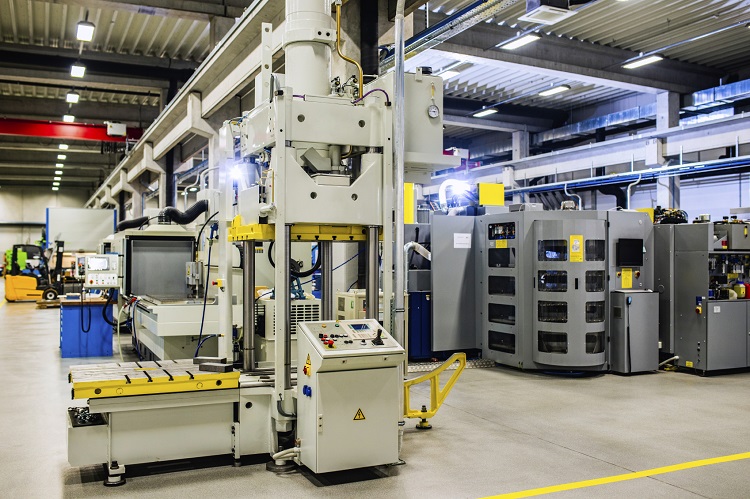What Does Your Downtime Cost You?

Downtime—it’s the one word that no manufacturing plant owner wants to hear. Downtime is when your machine or process is not working. And, of course, you worry about your machine or affected process, but more importantly, you can’t make money when you’re not working.
There are two basic types of downtime—scheduled downtime and unscheduled downtime.
Scheduled downtime is when you planned to have equipment down or decided not to utilize it. There could be many reasons for this, including a decision to operate your business 8 hour per day and not 24, running two shifts instead of three, or scheduling downtime due to a lack of orders, a changeover, or maintenance.
Unscheduled downtime is more of a concern and something you can’t predict. It is downtime caused by unplanned situations such as machine breakdown, lack of staff, shortage of material, or quality issues within the process.
Unscheduled downtime is the downtime that is keeping you up at night. It interrupts not only your operation, but also product flow and delivery. Depending on the reason for the downtime, it can generate extra work for your maintenance staff, planners, and procurement staff. You might even have to shut down additional upstream equipment if you’re not able to process parts through a down-line machine.
One of the biggest consequences of unscheduled downtime is the financial impact, which may include:
Labor costs:
Average hourly labor rate needed to catch up (include benefits)
Additional overtime hours needed to catch up (include benefits)
Scrap and clean-up costs:
Removal cost of scrapped material due to the unscheduled downtime
Removal cost of potentially contaminated material (e.g., oil spill, coolant pump out)
Restart costs:
Labor hours of additional set-up staff (include benefits)
Cost of delay for set-up staff if pulled off another job
Additional inspection labor cost
Removal cost for potential start-up scrap and parts
Additional restart costs (unbudgeted labor, inspection or testing to resume normal operation)
Maintenance costs:
Average maintenance employee cost (include benefits)
Additional maintenance labor costs (include benefits and overtime cost)
Additional costs for indirect labor:
Supervisor/manager
Additional material handling
Work order generation/management
Scheduling or rescheduling time (cost of juggling orders from other customers)
Customer notification
Cost of ordering replacement parts (capital)
Cost of procurement, processing order, managing part delivery, etc.
IT, data issues, communication delay, etc.
Business interruption, potential loss of customer (current and future)
Cash flow due to late orders, late payments, etc.
Do you include all these downtime costs in your calculations? If not, you should start. In many companies, unscheduled downtime is costing a lot of direct and indirect dollars. Using all the above factors when calculating the cost will help you understand how much a downtime situation is actually costing you. Once you have identified your biggest loss areas, go after them and strive to reduce and eliminate them.
The cost savings will add real dollars to your bottom line. That extra money can be invested in preventative maintenance measures, sensor technology, or other improvements to further increase profit margins and make you more competitive.
Finally, think of the intangible benefits. Your sales staff might be in a meeting with a potential customer and they could say, “In the last six months, we cut our unscheduled downtime by 100 hours, which increased our on-time delivery to 97 percent” This reliability and competitive advantage gives potential customers another great reason to do business with you.
An insurance company that cares about you and insuring the things you wish to be insured.
Get a Quote> Find an Agent>

